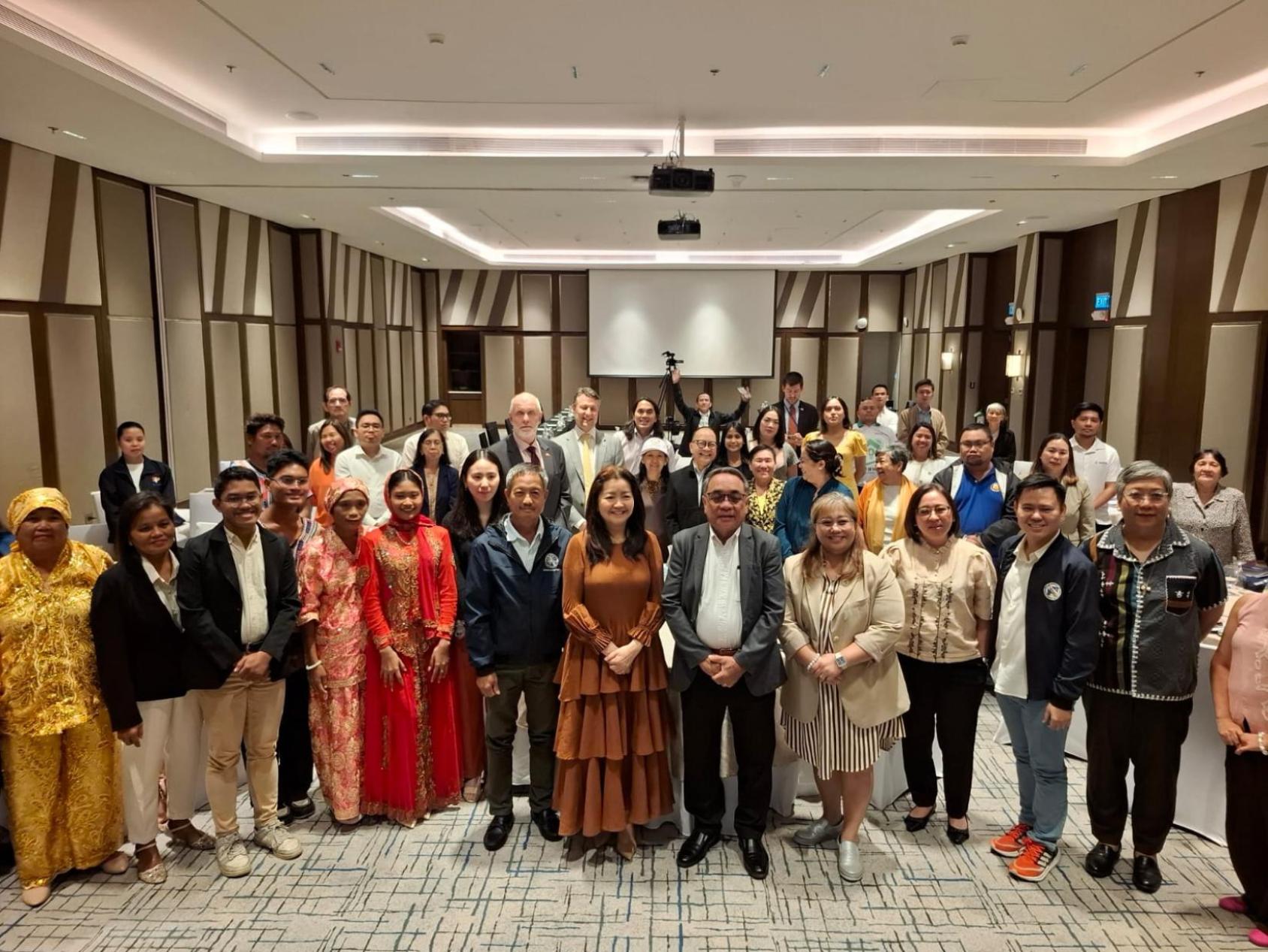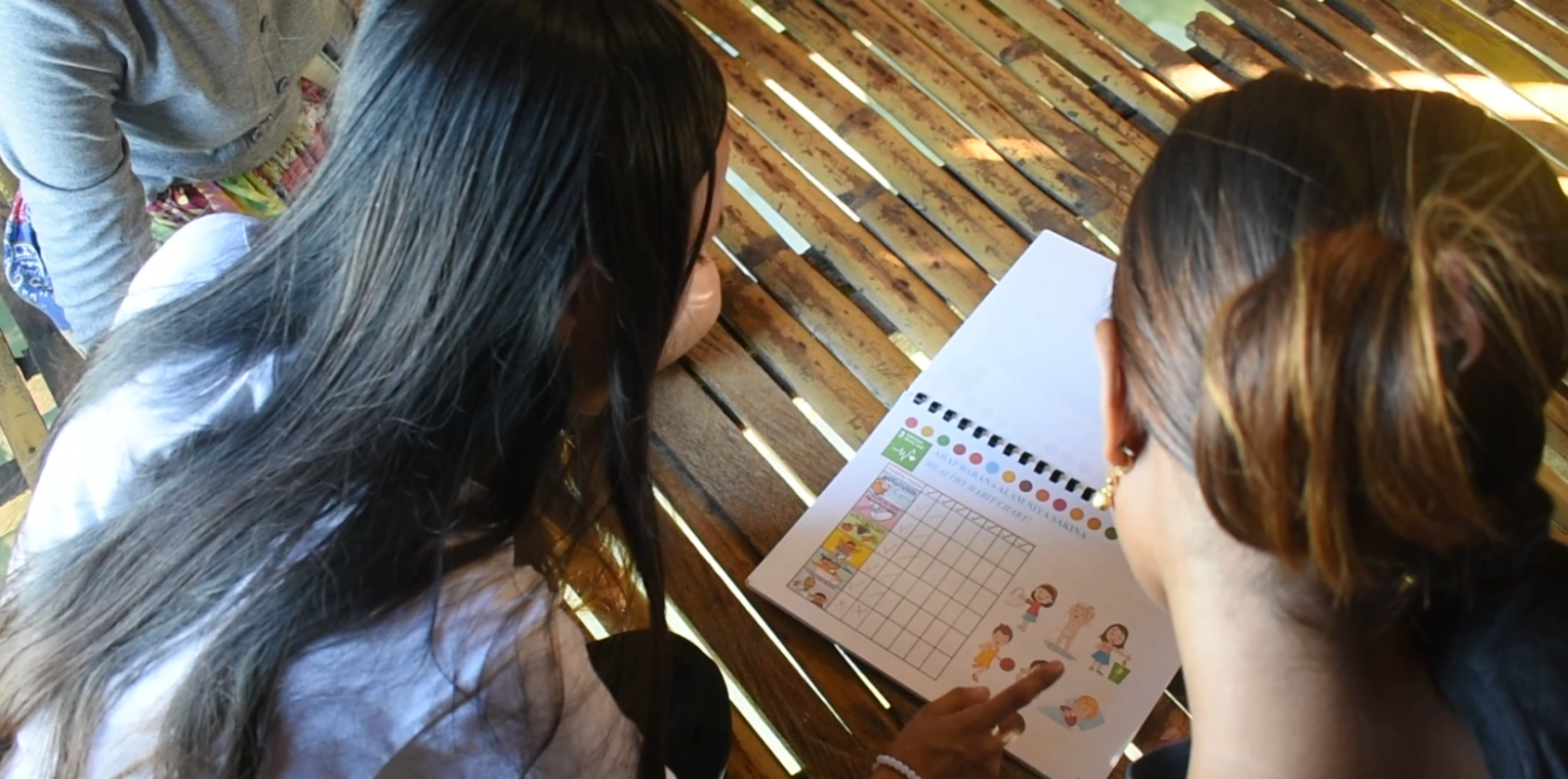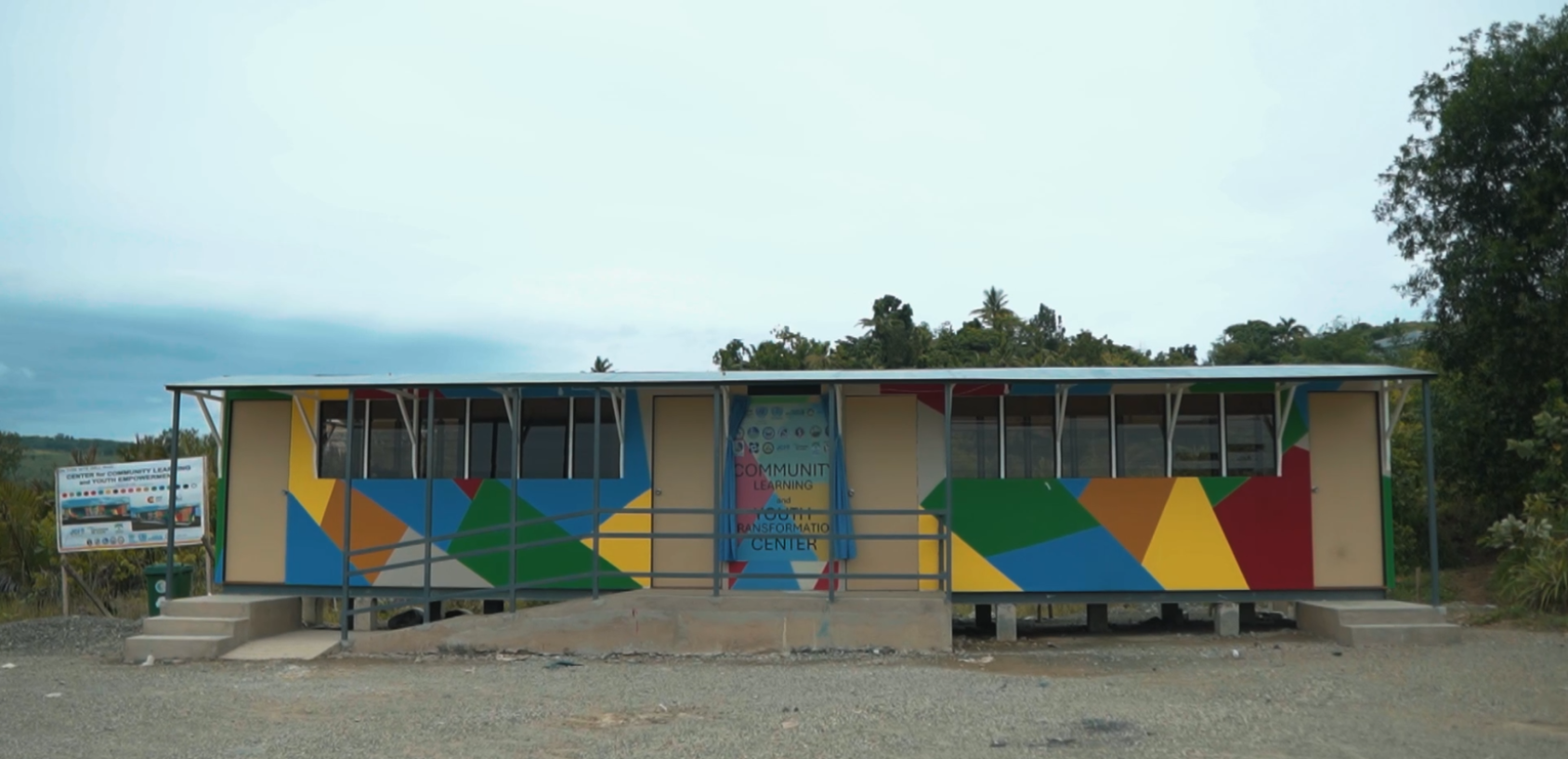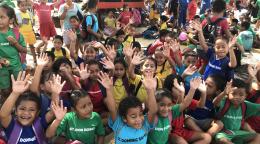Surigao City's communities set a path for sustainable development

A joint programme, "Localize to Realize" (L2R), spearheaded by the United Nations in Philippines is empowering Sama Bajau and informal settler families in Surigao City to drive progress for the Sustainable Development Goals (SDGs) and pave the way for a better future.
Implemented by the United Nations Human Settlements Programme (UN-Habitat) and the United Nations Entity for Gender Equality and Women's Empowerment (UN Women) under the guidance of the UN Resident Coordinator’s Office, together with stakeholders from the government, private sector, and funding from the Joint SDG Fund, L2R is a community-driven programme where indigenous and informal settler groups are given a platform to engage in inclusive and gender-responsive SDG-based planning and programming. Working with the government, they are enabled to develop programs and interventions that are tailor-fit to their gender and culture-differentiated needs.
The Sama Bajau and the informal settler families are some of Surigao City’s most vulnerable communities due to the impacts of climate change through the years and their unique living conditions – with the Sama Bajau being sea nomads and many informal settler families residing in dangerous areas.
“With a strong commitment and collaboration with each other, we started to adopt the Localize to Realize approach with the end in view of accelerating the SDGs right in the heart of the city,” said Surigao City Vice Mayor Alfonso Casurra.

Inclusion in local governance, education and services
The L2R joint programme serves as a catalyst in aligning local governance and community action with the SDGs – reflected in the reforms taking place in Surigao.
Barangay resolutions to institutionalize the gains of the joint programme have been passed by the government. This includes securing a permanent seat for the Sama Bajau in the Barangay Development Council and deploying members of the communities as “tanods” or law enforcement officers in the barangay level.
Development plans in the city such as the Surigao City Comprehensive Land Use Plan and Comprehensive Development Plan will also take into consideration the unique context of the sea-based Sama Bajau community in future undertakings.
Higher educational institutions such as the Surigao del Norte State University also updated their admission policies to support the education of Sama Bajau and informal settler families.
“Ten percent of our admission population will be allocated to the underrepresented communities. We will strengthen our support services to ensure that learners from the marginalized communities don’t just enter the university, but thrive within them,” Surigao del Norte State University President Rowena Plando said.

The 80 participating families under the L2R joint programme are now also equipped with the technical know-how to monitor their progress and identify further needs through the SDG Faces Monitoring Report – which is available in both digital and manual platforms.
“With the right tools, data, and support from stakeholders, vulnerable families and communities are finding meaning and acting on the SDGs,” said UN-Habitat Philippines Country Programme Manager Christopher Rollo.
The mobile application for SDG monitoring is currently being developed and updated to integrate gender dimensions.
“We recognize the pivotal role of women in leading the households in Surigao’s vulnerable communities, so it is important that they also take lead in monitoring and determining significant factors that will uplift their living conditions. Having them shape and articulate their needs, we can very well expect that they will be among the most invested and committed to the success and sustainability of any initiatives,” UN Women Philippines Country Program Coordinator Rosalyn Mesina said.
Quick-response mechanisms designed to address the immediate needs of the Sama Bajau and informal settler families have also been established through the joint programme. These interventions were identified by the groups themselves and include a neighborhood store, a materials recovery facility, a learning center, and a study to explore the possibility of aquaculture as a livelihood source.
“This is a big help for us – that the learning center for example is close to our village because our children are given the opportunity to learn,” expressed Sama Bajau Magdakau Homeowners’ Association President Bay Jhonny Sapayani.

To ensure continuity of support from stakeholders and consistent engagement with the communities, partnerships with local and national government, academic institutions, and the private sector have been strengthened through regular committee meetings under the joint programme.
“We recognize the importance of strengthening collaborations among the national and local governments, development partners, civil society organizations, and concerned stakeholders in addressing the needs of our local communities and providing where they can participate in various government processes and mechanisms,” Department of Local and Interior Government (DILG) Assistant Secretary for International Relations Lilian De Leon said.
Scaling up and moving forward
Learning from this successful pilot programme will be key for nationwide impact in localizing SDGs, according to UN Philippines Resident Coordinator Arnaud Peral. “What we really want is to catalyze and systematize the best practices and successes of the L2R joint programme, so it could become a standard practice for public policy and also for us in the international community to improve the way we work,” he said.
National government agencies, including the Department of Human Settlements and Urban Development (DHSUD) and the DILG, will now implement localized and SDG-aligned strategies in their programs for settlement planning and smart city development, respectively.
Support from the joint programme also helped the government of Surigao del Norte in preparing the country’s first provincial-level Voluntary Local Review (VLR). VLRs are sub-national reviews of SDG implementation where issues at the local level are considered. This follows the previously completed VLR of Surigao City. A resolution passed by the Regional Development Council also encourages the provincial VLRs to be replicated by the rest of the provinces in the Caraga region.
All joint programmes of the Joint SDG Fund are led by UN Resident Coordinators and implemented by the agencies, funds and programmes of the United Nations development system. With sincere appreciation for the contributions from the European Union and Governments of Belgium, Denmark, Germany, Ireland, Italy, Luxembourg, Monaco, The Netherlands, Norway, Poland, Portugal, Republic of Korea, Saudi Arabia, Spain, Sweden, Switzerland and our private sector funding partners, for a transformative movement towards achieving the SDGs by 2030.

























